“My Kona, Your Kona, Arkona” (Arkona)
Boating at Rock Glen Mill Pond, 1900–1910: The powerhouse, dam and caretaker’s residence are in the centre back. Rock Glen is not in Twp., but it is very important in the development of Arkona. Courtesy Arkona Historical Society.
by Dr. Greg Stott
While human habitation in and around the Arkona area stems back thousands of years, the first documented settler of European background is Asa Townsend (c.1775–alive 1851) who settled in what is now Bosanquet Township sometime in the early 1820s. Townsend, his wife (whose name is not recorded) and at least one son lived in comparative isolation on the banks of the Ausable River where they apparently worked at extracting salt. The Townsends were joined in about 1833 by Henry Utter (1809–1898) who settled on Lot 25, Con. 6 NER, . Utter was shortly joined by Lezar and John Smith and it was from this family that he met and married his wife Harriet Smith (1816–1882).
The extended Smith family was soon joined by at least two branches of the Eastman family, who came into the area in the late 1830s and early 1840s. As a result the small community that developed around the junction of what is now referred to as the Townsend Line and Arkona Rd. was known alternately as Smithfield and Eastman's Corners, although when the post office was officially opened in 1851 it was called “Bosanquet,” after the township in which most of the growing village was situated.
The Utter family had established a mill by 1837 and are credited with establishing the first store in the community.1 In November 1851 the London Free Press explained that “[a] post office has lately been opened, and a village called Smith [field laid] out in the South East corner [of the] township at the place formerly [known] as the Eastman settlement.” The article noted that the village was located on a high elevation; “the soil is a sandy loam [making] the place dry and well adapted [to] building a Town.” Approximately one mile from the village was the Ausable River, whose rapids afforded abundant waterpower which already sported mills. Along the Ausable were the beginnings of another planned village called Rockville (eventually called Rock Glen). Several new stores, a post office, a Temperance Hall, and a Baptist Meeting House all existed in the village, while the Episcopal Methodists were planning to build a church, and “the Wesleyan Methodists have regular meetings.” Silas McKay's cabinet shop would open in early 1852, while Alexander Davidson (1826–1899) kept a free public school. Martin Smith had a tannery, and a man whose first name was Michael was building a tailor shop. Nial Eastman (1802–1872) was the proprietor of “an excellent house [of ] entertainment on Temperance principles” while Mr. McMillan operated a blacksmith shop about a mile from the village's centre.2
At the time that the first postmaster, Joseph Hilborn, resigned in 1856 there was a great deal of excitement about the prospects of attracting a railway. Villagers began to call for a new and distinctive name, and it seems likely that Hilborn's replacement, Levi Schooley, was responsible for selecting the name of Arkona, for a rugged cape on the northern tip of the Baltic island of Rugen. Despite the vested enthusiasm of the population, the railway would fail to materialize, although the excitement of the 1850s would return again in the 1870s and even early 1880s.3 As late as 1910 there was apparently speculation that a railway would yet arrive in the village, but as one villager wrote, while many “think [it] is sure to come… [we] will see when it gets here.”4 In 1876, at the height of a renewed conviction that the railway would soon arrive at Arkona, the ratepayers of the community petitioned Lambton County Council, and were ultimately granted the right to organize as an independent village taking in parts of Lots 5 and 6 of Bosanquet's south boundary and the northern parts of 's Lots 24 and 25, Con. 6 NER. With an estimated population of approximately 700, the village's population fell just below that required — but not strictly enforced — by provincial statues.5
Arkona looking north on North St. (Hwy 7 or Arkona Rd.) from King St. (Townsend Line). Courtesy Arkona Historical Society.
The village became an important service centre for northeastern and southeastern Bosanquet. The failure to attract a railway certainly impeded the village's growth, but it managed to survive and flourish. While communities like Widder to the north and Katesville in neighbouring Middlesex County virtually disappeared as businesses and homeowners flocked to the nearby railway towns of Thedford and Strathroy, Arkona was sufficiently distant from Forest, Thedford and Watford to survive, and even flourish. The community suffered a serious fire in 1876 but that was dwarfed by the disastrous fire of July, 1884 which left much of the village's business area in ashes, causing some $40,000 in damage.6
Belfry: The bell rang to mark the time of day. It was also used to alert people to emergencies. Courtesy Arkona Historical Society.
Townsend Line looking east: The Sterling Bank is on the left, with the library above it. Next was Cliff ’s (Queen’s) Hotel. On the right was Crawford’s Tinsmith with Holmes photography above. Th is building was originally the Episcopal Methodist Church. Fuller Bros. was at the corner, then the Royal Hotel before 1913. Courtesy Arkona Historical Society.
Probably the most notable activity associated with Arkona in the first third of the twentieth century occurred outside the village's boundaries to the north, at Rock Glen, with the erection of the Rock Glen Power Company dam and power house on the Ausable River in 1907. A major setback came in 1908 when spring freshets overwhelmed the dam and swept away much of the powerhouse. However, the reorganized company rebuilt and hydro service — mainly for lighting — was resumed. Rock Glen, always a major picnicking ground for villagers, became even more popular because of the large powerhouse pond. However, as the demand for hydro increased, the company was no longer able to provide an adequate supply and ultimately the company ceased operation in 1926. The dam, viewed by some as an encumbrance, was dynamited by the Canadian Army in April 1933.7
Arkona continued to be an important service centre for the local farming district, and by 1916 boasted numerous industries common to many small towns across southern Ontario. These included a woollen mill, an apple evaporator, several hardware establishments, two comparatively large general merchant stores run by the Brown and Fuller families, tailors, and a host of other services and businesses.8
The introduction of the automobile slowly transformed the village. Although it would remain a commercial and social hub, the ability of people to travel long distances weaned them from a dependence on Arkona's businesses. As a result, the last thirty years has seen a drastic reduction in the number of Arkona businesses. Arkona once had two hardware stores, a bank, a de- partment store, two grocery stores, two gas stations, a feed mill, bakery, drug store, and numerous other commercial operations. By the year 2008, Arkona, like most rural communities facing declining commercial activity, lost many of the “traditional” businesses that were once a necessary component of a rural village. Even the long- standing emphasis on fruit growing in the surrounding orchards is undergoing major shifts.
Arkona: Industries and Occupations of 1890
Mrs. A. Archer, Dressmaker
Homer Beemer, Painter
John Bell, Painter
Alexander Bartram, Blacksmith
Miss E. M. Braddon, Milliner
J. F. Brown, Physician
Brown & Yorke, Dressmakers
Alexander Champion, Machinist
Charles Cliff ,Hotel Keeper
Robert Crawford, Tinsmith
Alexander Davidson, J.P. Conveyancer & Insurance
David Detwiler, Blacksmith & Livery
Alexander Dickison, Woollen Mill
Peter Dodds, General Store
William Dryer, Painter
Malcolm Dunlop, Flour Mill
Robert Dunn Saw Mill, Pumps, Windmills
Miss May Eastman, Fancy Goods
George Everest, Druggist
John Ginn, Painter
N. George, Grocer & Baker
Joseph Hall, Livestock
Rev. Robert Hume, Presbyterian Minister
J. W. Jackson & Son, Furniture Manufacturer
Joseph Jaynes, Carpenter
Robert Kells, Cooper Shop
John Knisley (Kinsley?), Tanner
Benjamin Learn, General Store
John Logan, Livery Stable
McCallum & Oakes, Butchers
Donald McGibbon, Grain Mill
John McIlmurray, Farm Implements
Rev. Hugh McLean, Methodist Minister
Alexander MacDonald, General Store & Millinery
Thomas Nelson, Tailor
Fred Patterson, Cheese Maker
William Peace, Grocer & Hardware
P. B. Rosenberry, Dentist
John Sadler, Barber
W. K. Sadler, Harness Maker
J. T. Showler, Tailor & Merchant
Miss M. Silver, Dressmaker
Rev. Thomas Sinclair, Baptist Minister
John Teesdale, Physician
Alexander Thoman, Shoemaker
William Thomas, Hotel Keeper
William Thompson, Cheese Maker
Thomas Tichnor, Jeweller & Barber
George Trimble, Grocer & Confectioner
Thomas Trimble, Wagon Maker
M. Vanatter, Grocer, Flour & Feed
N. D. Wylie, Staves and Headings
Charles Zankey, Carriages & Wagons
SOURCE: Arkona Women’s Institute Tweedsmuir History Book
The importance of tourism, based upon Rock Glen Conservation Area and those seeking fossils, keep the village on the map. The village has also remained an important social hub, with community organizations such as the Lion's Club, Lioness Club, the Masonic Lodge, and of course its churches. While in the early 1970s the village had five congregations, the closure of the Anglican and Pentecostal churches left the Baptist, Plymouth Brethren and United Churches as the vital spiritual and social institutions within the village. However, changing social realities and priorities led to the decision to close Arkona United Church in January, 2008.
The social and economic landscape of Arkona has undergone many profound changes and adaptations throughout the past 170 years. While institutions and longstanding traditions have undergone substantial changes, the village's population has remained markedly constant since the 1880s and, while the fabric of the community has altered, new residential development seems to ensure that Arkona, ever evolving, will continue well into the twenty-first century.
Endnotes
These links were used at the time of publishing in 2008. Some links may have changed or may no longer be active.
1. William Johnson, Arkona Through the Years, Pole Printing, 1976, p. 16.
2. London Free Press, November 13, 1851.
3. Johnson, p. 55. Greg Stott, “Yon Sand-Beaten Shore”: The Story of Port Franks, Ontario, G. Stott Publishing, 1998, pp. 26–31, 42.
4. Myrtle Dunham, letter of Dec. 3, 1911, Arkona, Ont., to Loftus Lloyd Dunham, Courtenay, B. C. Courtesy of Millicent Kean. Myrtle and Lloyd's brother Colonel Cecil Dunham (1875–1962) lived south of Arkona in Twp. Their grandparents Elijah Dunham (1810–1893) and Anna Maria Briggs (1813–1899) lived in Watford.
5. Johnson, p. 18. Greg Stott, “Yon Sand-Beaten Shore”: The Story of Port Franks, Ontario, G. Stott Publishing, 1998, pp. 26–31, 42.
Edward Phelps, ed., Belden's Historical Atlas of Lambton County 1880, Phelps, p. 11.
7. Johnson, pp. 58–60. Greg Stott, “Yon Sand-Beaten Shore”: The Story of Port Franks, Ontario, G. Stott Publishing, 1998, pp. 26–31, 42.
Russell Dunham, diary entry, April 1, 1933.


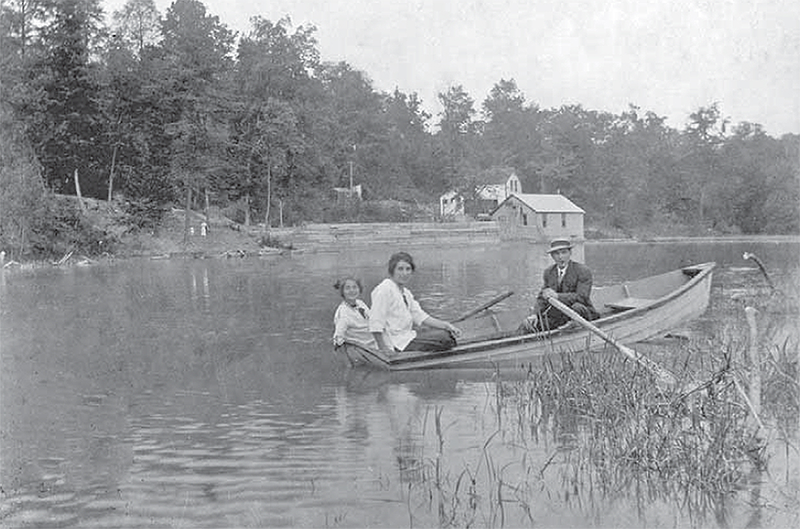
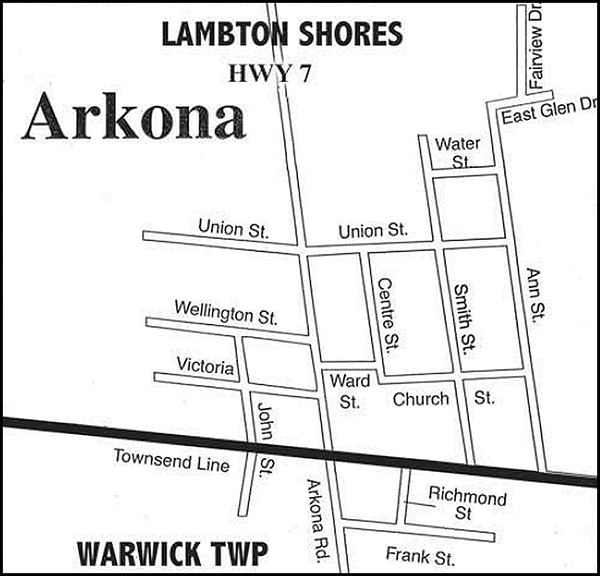
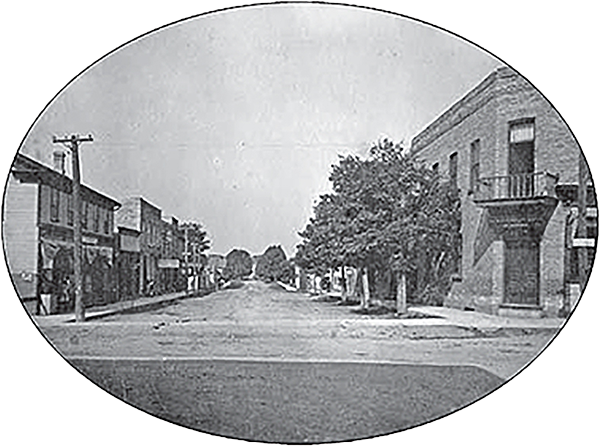
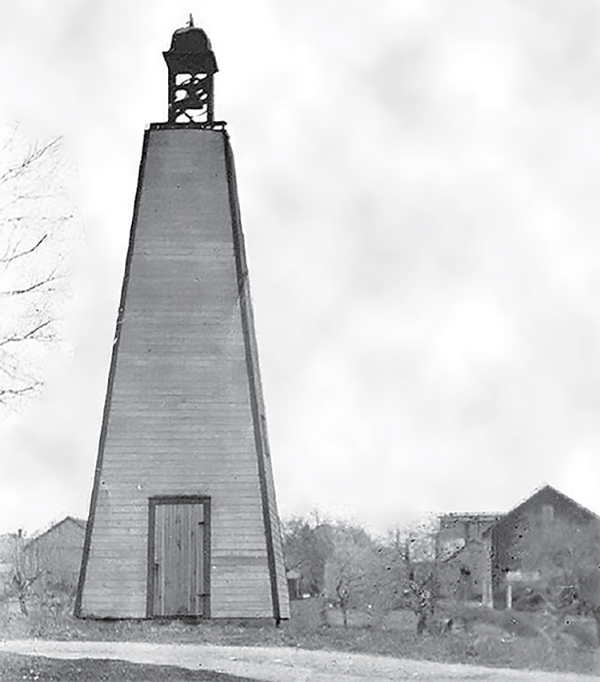
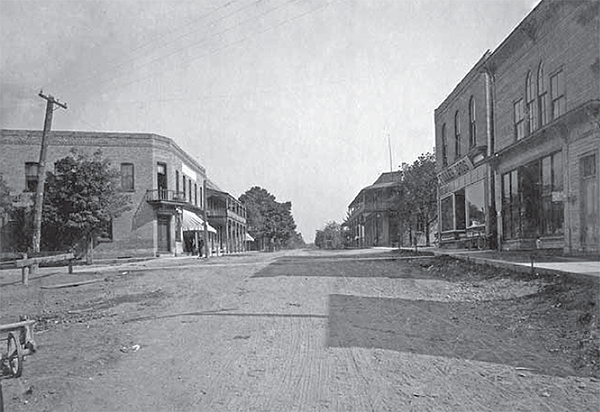
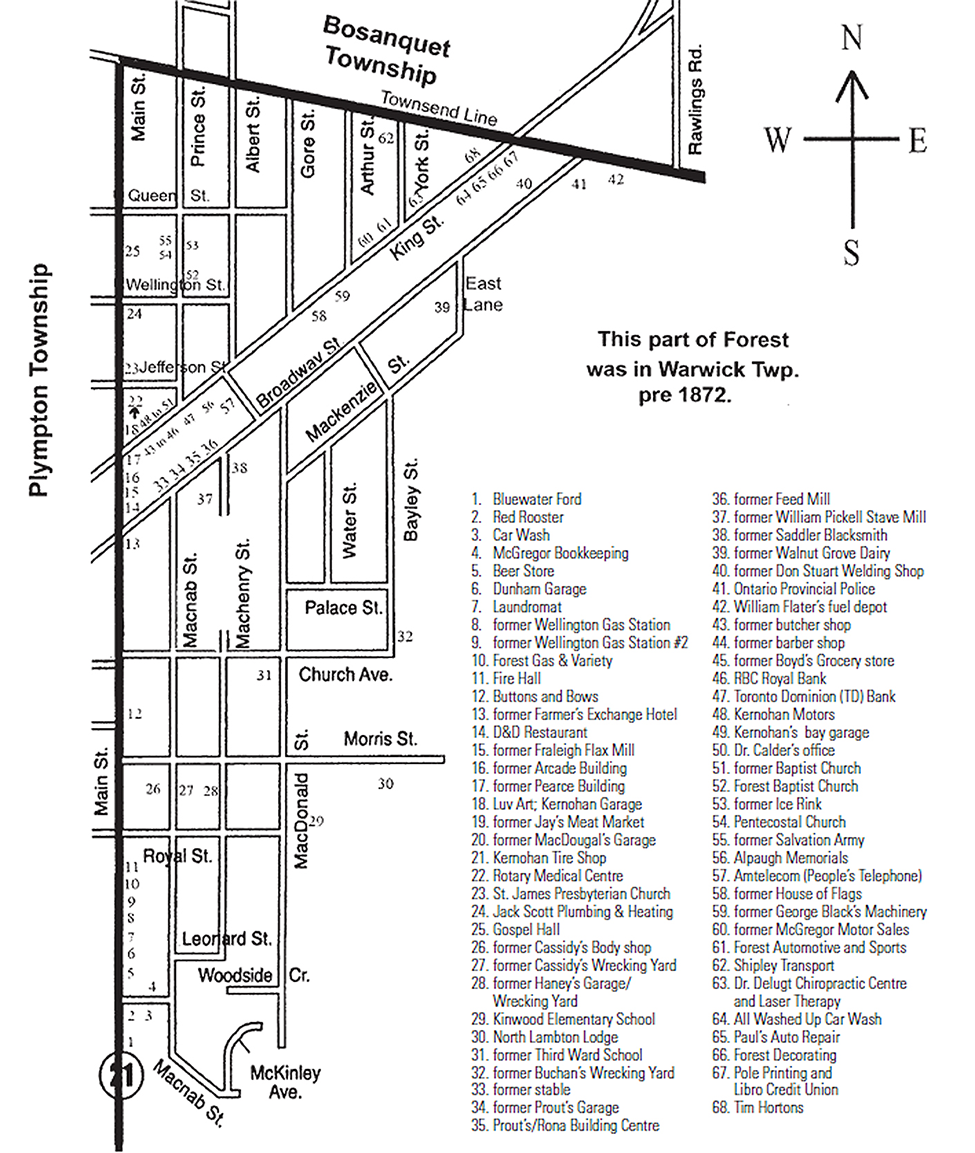
 Subscribe to this page
Subscribe to this page